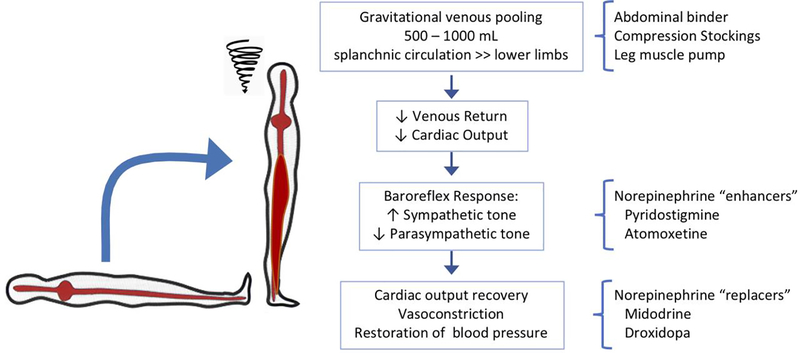Figure 1. Physiology of Orthostatic Tolerance and Relation with Treatment Approaches.
Upright posture induces a gravitational volume shift to the lower body (mostly to the large capacitance venous bed of the splanchnic circulation) leading to a reduction in venous return and blood pressure. This can be prevented by mechanical countermeasures such as abdominal binders, compression stockings and activating the leg muscle pump. The reduction in blood pressure leads to compensatory sympathetic activation which normally restores blood pressure. Autonomic buffering mechanisms are impaired in autonomic neuropathies, but even severely affected patients have some degree or residual sympathetic tone that can be engaged by the cholinesterase inhibitor pyridostigmine, which facilitates cholinergic neurotransmission in autonomic ganglia, and the norepinephrine reuptake blocker atomoxetine, which increases synaptic norepinephrine. Sympathetic impairment ultimately leads to reduced norepinephrine-mediated vasocontriction which can be replaced with midodrine, an alpha-1 agonist, and droxidopa, which is converted to norepinephrine in the body.

